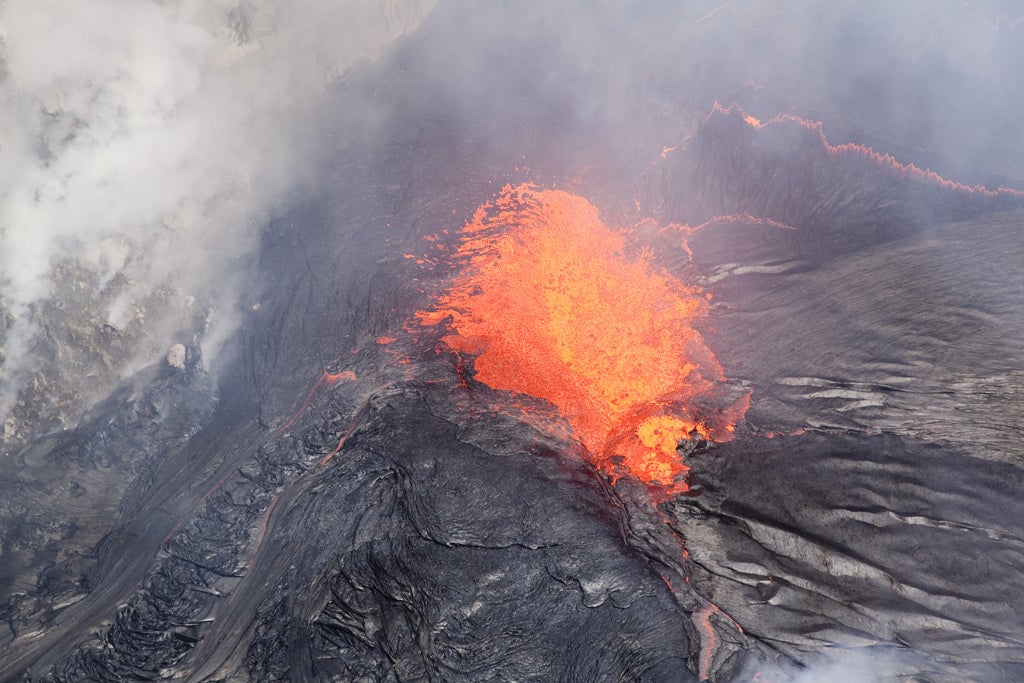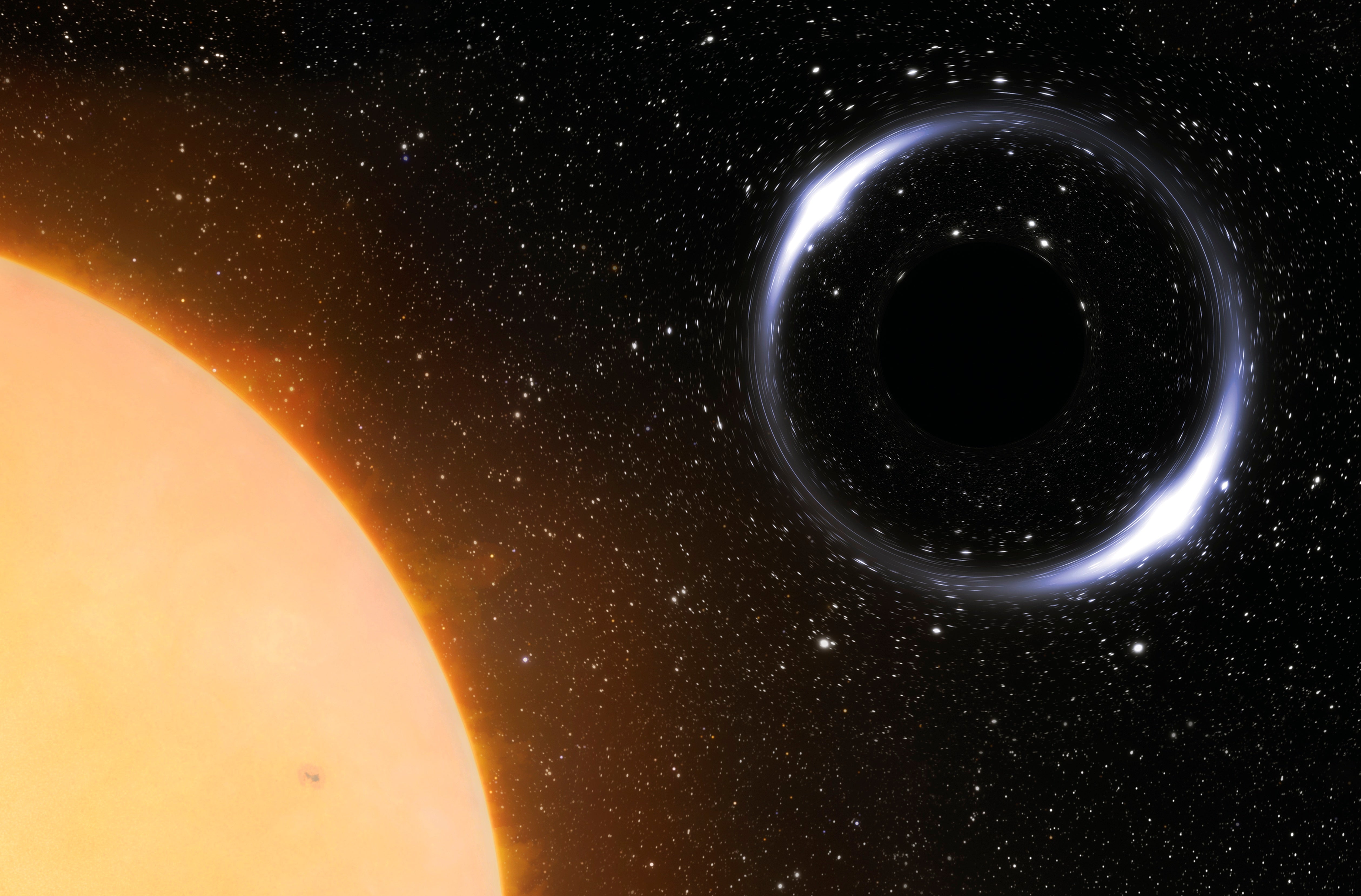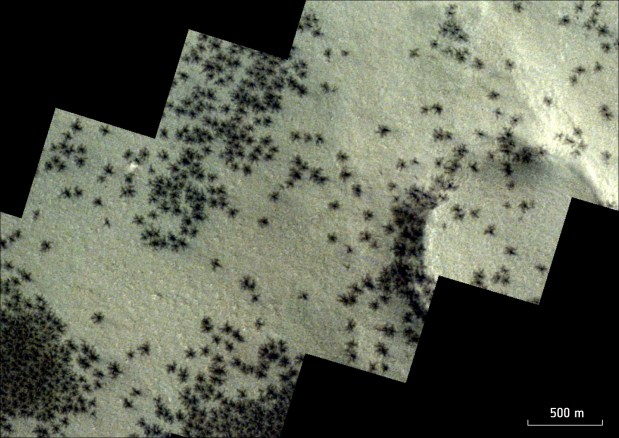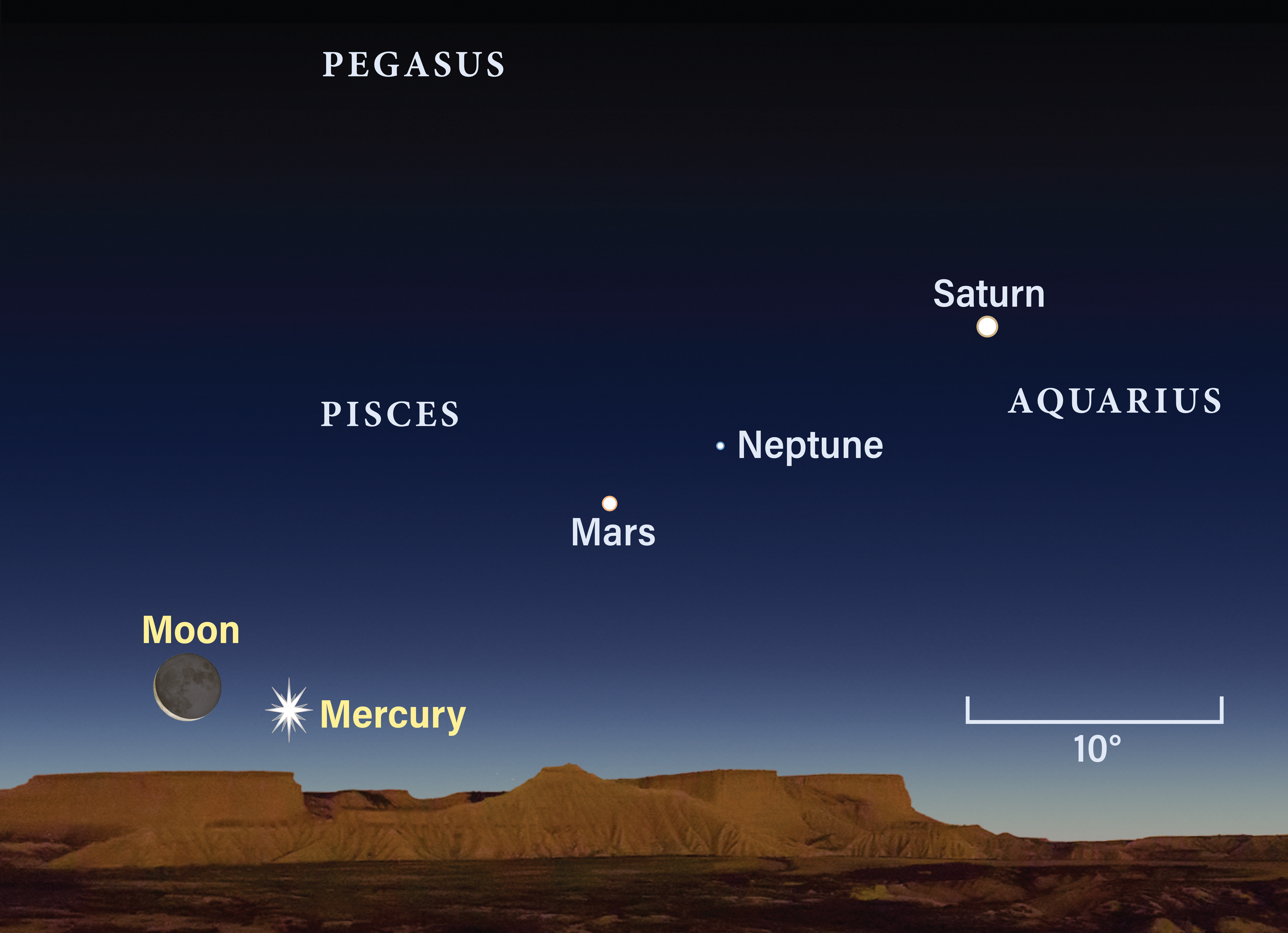Some of this warmth remains, augmented by heat released through the decay of radioactive elements. On Earth, these sources combine to keep much of the interior molten. Some of this energy oozes to the surface, where it drives plate tectonics, volcanic eruptions, and a host of other phenomena.
But this isn’t the only way objects stay warm. On Jupiter’s moon Io, a tidal bulge created by the massive planet gets flexed because the moon rotates at a slightly different rate than it revolves. (Its revolution gets tweaked by an orbital resonance with the moons Europa and Ganymede.) The heat generated by this flexing makes Io the most volcanically active body in the solar system. Tidal forces also apparently warm some of the icy moons in the outer solar system, creating ice volcanoes.
Of course, it’s much easier to track eruptions on Earth than anywhere else. Researchers can film volcanoes in the act on our planet; elsewhere, scientists are at the mercy of spacecraft that have only limited opportunities to image an eruption.
The difference clearly shows in these videos. The first two present detailed views of eruptions taking place in the Halemaumau lava lake at Kilauea on the Big Island of Hawaii. The low-viscosity lavas typical in Hawaii lead to impressive flows and “spattering,” when explosions can lift chunks of lava several feet in the air. The first one shows the lava lake’s southern edge during a January 25, 2012, eruption; the second depicts the lake’s western border May 16, 2012. In both cases, spattering occurs when the lava reaches the lake’s edge and sinks back toward the magma chamber below. On the right side of the second video, you can see the surface crust migrating toward the lake’s margin.
The video of Io shows the Tvashtar volcano and its massive plume, which rises about 200 miles (320 kilometers) above the moon’s surface. The Pluto-bound New Horizons spacecraft took these images when it flew past Jupiter on February 28, 2007. The probe’s camera snapped two frames 50 minutes apart. The video of Saturn’s moon Enceladus reveals jets of icy particles erupting from the body’s south polar region. The Cassini spacecraft snapped the four frames at approximately 12-minute intervals November 27, 2005.










